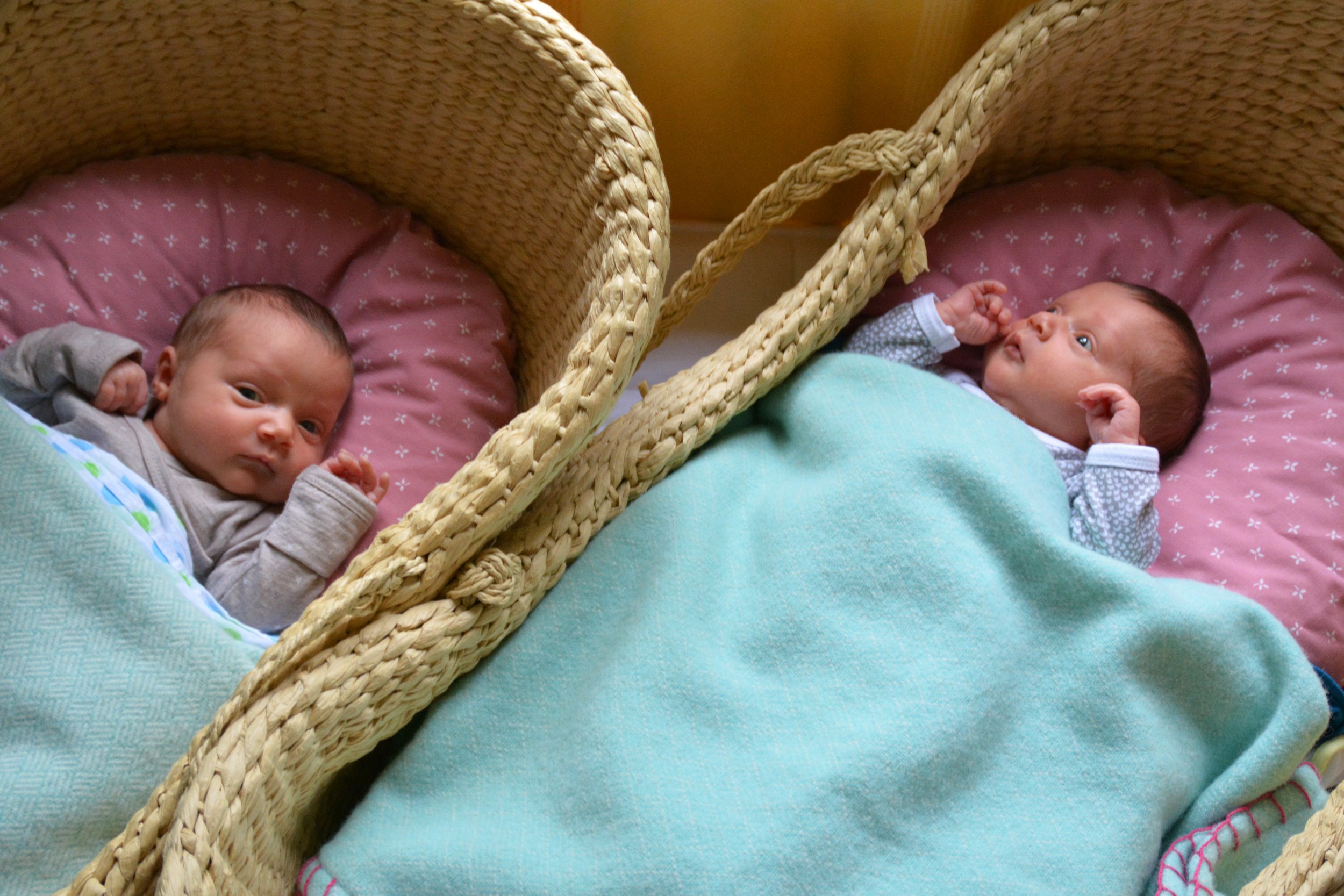In Conversation with a Children’s Nurse
We all know it takes a special type of warm, generous person to dedicate their career to caring for people at some of their most vulnerable moments. Grace is one such person.
Grace used to be a children’s nurse and now works in the emergency room. When we started shaping together what CommonKind could be, we spoke to people who work with vulnerable children in our community. We chatted with Grace about her experience as a children’s nurse and how vulnerable under six-year-olds specifically are to the cold.
When asked how often she saw children in hospital in need of more protection against the cold, Grace said every day.
Every family that comes to the hospital gets asked the same question; “Do you have a cold or wet house?” This helps connect pregnant women and families with children under five to the Ministry of Health ‘Healthy Homes Initiative’ (HHI) through local district health boards in partnership with community organisations. HHI aims to help people with support to improve their living environments, especially for their children. Things like accessing insulation, curtains, beds, bedding, repairs, floor coverings, ventilation, heating sources, full and correct entitlements through Work and Income and support with power bills and alternative accommodation as required.
Unfortunately, the well-meaning intention doesn’t always meet the need. For example, drives for children's pyjamas and bedding happen every year, but there are a lot of polar fleece onesies and blankets collected which are more affordable, but unfortunately aren't breathable and can make children sweaty, causing rashes and exacerbating skin problems. There needs to be more education around natural, breathable materials for children’s clothing and bedding.
Grace said some generous nurses go out of their way to provide extras for kids where they can - things like PJs and blankets. There are also community groups making quilts and knitted items to give to babies and children that are in the hospital.
In Grace’s role as a children’s nurse, she mostly worked with young kids under six years old, which is the age group most vulnerable to getting sick from being cold. Very young or non-verbal children can’t always say they are cold so may not be getting the extra warmth when they need it. According to KidsHealth supported by the Ministry of Health, even healthy children contract up to 12 infections per year, so keeping kids warm is an important defence against viruses.
“The need for quality, woollen bedding for kids is an everyday occurrence in New Zealand”, said Grace. “It affects families from all walks of life, not just those you might expect - some families have to spend so much time and money on other issues which can lead to material hardship. That’s why it’s unfair to say to families that wool and high-quality bedding is better when it might be out of their means. There needs to be compassion around that conversation without excluding people based on what they can afford.”
We couldn’t agree more. Buying a woollen blanket simply isn’t that affordable in New Zealand. Although we are working towards a range of more accessibly priced blankets to go alongside our bespoke throws, in our experience, manufacturing costs are the main barrier to an accessible retail pricepoint. The wool prices (and payout for farmers) is incredibly low, but all manufacturers - scouring, spinning, weaving or knitting and finishing all takes a lot of resourcing - then overheads and margins are added on top for businesses to sustainably make them. Expecting people who are already dealing with a magnitude of pressure to spend more for woollen products over lower-quality materials like polar fleece for their children is simply unreasonable. Alternative models for providing accessible woollen products designed specifically for kids is required. We know NZ has the means to ensure there are no cold kids, but collectively we have to raise the importance of this issue for that to be a reality.
Then, there's the matter of supporting people who want support in a way that preserves the dignity of the receiver. For CommonKind that is critical.
It takes a special type of person to offer help to others, but it also takes a very special type of person to accept that help when it is needed.
Everyone wants what is best for their children, and we believe support should be offered with choice, respect and openness to feedback.
The answer? Honestly, we don’t have a definitive one and we don’t really ever expect to. For CommonKind, the aim will remain the same - sharing joy and warmth - but the method will likely change and develop over time. In the meantime, we can all start by being a little more like a nurse every day - compassionately stepping out with our best intentions for others first.


